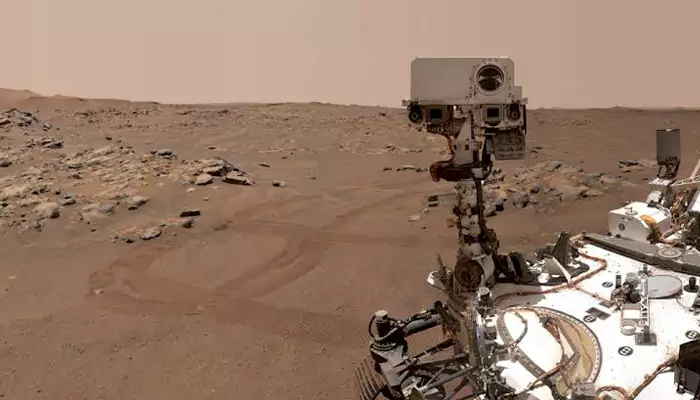Unveiling Hubble: How 'Telescope Uncle' Transformed Our Cosmic Insight. Dive into the celestial revolution it sparked
For decades, folks in India and across the globe have looked up at the night sky, wondering
about the countless stars and swirling galaxies. But until relatively recently, our view was limited by the Earth's own atmosphere.

That all changed with the arrival of the Hubble Space Telescope, lovingly nicknamed by some as the "Telescope Uncle" because of its wise, age-old perspective.
Launched in 1990, Hubble has given us a cosmic view that's nothing short of revolutionary, helping us understand space and its intricate details in a way we never thought possible. It has truly opened our eyes to the majestic universe.
Hubble's blurry images led to disappointment but scientists persisted to fix the flaw
Hubble's initial images, however, were blurry, a major setback for what was hailed as a groundbreaking project. Scientists quickly discovered a flaw in the primary mirror, which caused light to scatter instead of focusing properly.
This led to public concern and a sense of disappointment, but the space community was determined to fix the problem. Imagine spending so much time and money, only to have a unclear picture! It was like buying expensive sweets and finding them stale – a big letdown.
But our scientists are persistent. They had a plan to correct things and show us the dazzling cosmos.
Hubble repair mission restores vision, unveiling cosmic wonders
A repair mission was launched in 1993, with astronauts installing corrective optics to compensate for the flawed mirror. This was like giving the ‘Telescope Uncle’ a new pair of spectacles, allowing him to see clearly again.

The mission was a complete success, and soon after, Hubble began sending back breathtaking images that redefined our understanding of the universe. The clarity and detail were astonishing, revealing previously unseen structures and phenomena.
It was if a heavy fog had lifted, showing us the true beauty of the cosmic landscape.
Hubble Telescope advances understanding of universe
Now, what kind of wonders has the Hubble 'Telescope Uncle' shared with us? For one, it has refined our understanding of the age and size of the universe.

By observing distant galaxies and measuring their recession velocities, Hubble helped pinpoint the Hubble Constant, a key value in determining the rate at which the universe is expanding. These observations supported Big Bang theory and provided a more accurate age estimate of around 13.
8 billion years. The telescope has helped us understand the lifespan of several stars.
Hubble images inspire awe in cosmos, show life's evolution
Hubble also captured some of the most iconic images in astronomical history, like the "Pillars of Creation" – towering columns of gas and dust in the Eagle Nebula, where new stars are born. It also gave us stunning views of planetary nebulae, the colorful shrouds of gas ejected by dying stars.
These images haven't just been scientifically important; they've also captured the imagination of the public, inspiring a sense of awe and wonder about the cosmos. The images showed us the delicate balance on how life evolves in our galaxy.
Hubble studies galaxies' evolution and black holes
Hubble has also been instrumental in studying galaxies and their evolution. It has observed galaxies at different stages of their lives, from young, irregular galaxies to mature spiral and elliptical galaxies.

These observations have helped us understand how galaxies grow and change over cosmic time, and how they interact with each other.
Hubble's observations have even provided evidence for supermassive black holes at the centers of galaxies, confirming theories about the presence of these powerful objects.
















